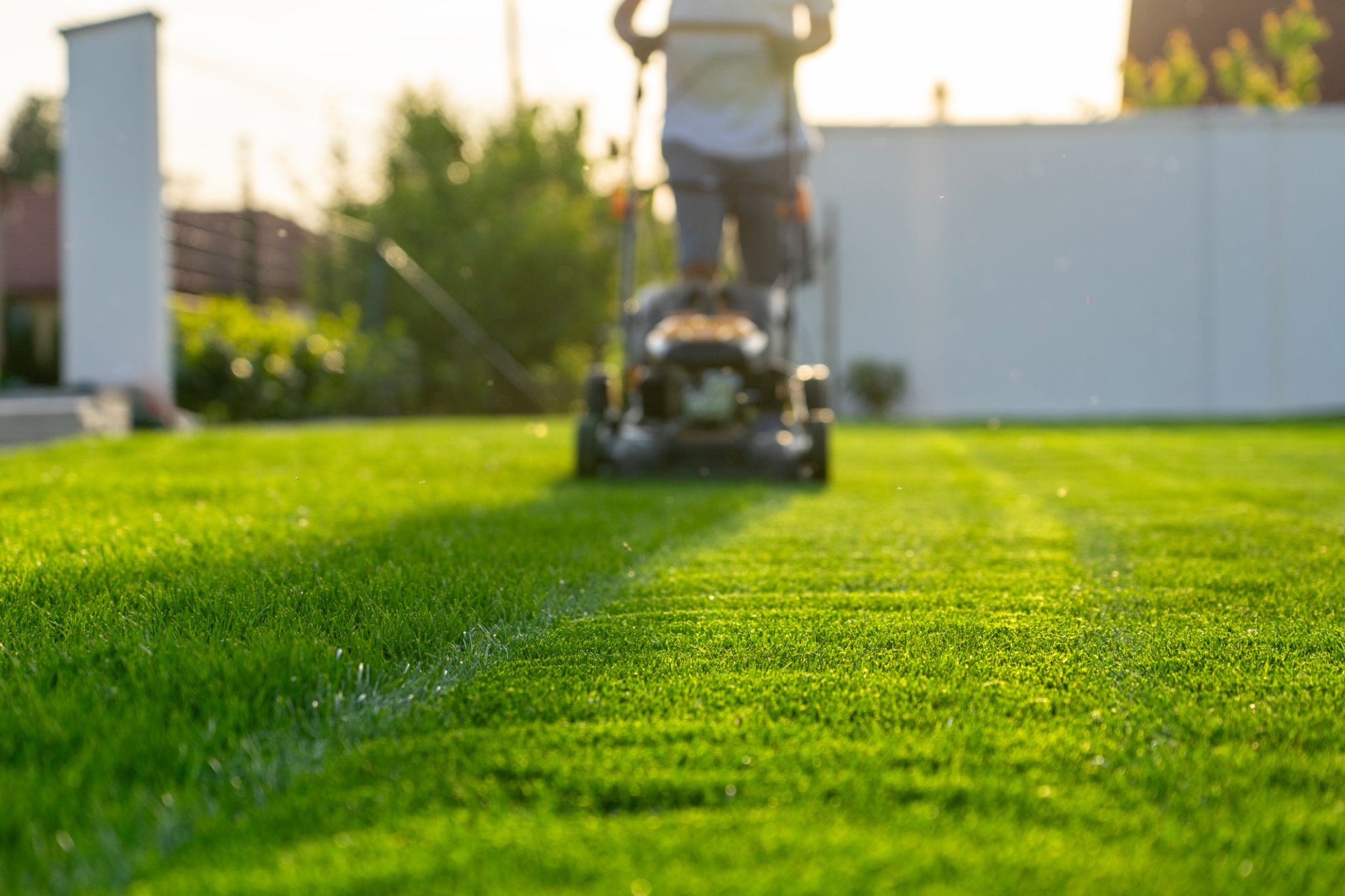The Ultimate Guide to Lawn Care in Brampton: Tips for a Healthy Yard
Understanding Brampton's Climate
Brampton's unique climate plays a significant role in determining the best practices for lawn care. With its humid continental climate, the city experiences warm summers and cold, snowy winters. This seasonal variation means that your lawn care routine must adapt to different weather conditions throughout the year.
During the growing season, typically from late spring to early fall, lawns in Brampton require more attention to ensure they remain lush and healthy. Understanding the specific needs of your grass type and how it responds to the climate is essential for effective lawn care.

Soil Preparation and Testing
A healthy lawn begins with quality soil. Conducting a soil test is a crucial first step in lawn care. It helps you understand the nutrient composition and pH level of your soil, allowing you to make informed decisions about fertilization and other treatments.
Once you have your soil test results, you'll need to prepare the soil appropriately. This may involve aerating the lawn to improve air circulation and adding organic matter or lime to adjust pH levels. Proper soil preparation sets a strong foundation for your lawn's health.
Choosing the Right Grass Type
In Brampton, selecting the right grass type is vital for achieving a vibrant lawn. Cool-season grasses such as Kentucky bluegrass, perennial ryegrass, and fine fescue are well-suited to the region. These grasses thrive in cooler temperatures and can withstand Brampton's seasonal changes.

Consider factors such as sun exposure, shade, and foot traffic when choosing your grass type. A blend of grasses can provide a more resilient lawn, offering benefits from each grass type's strengths.
Watering Wisely
Proper watering is critical to maintaining a healthy lawn in Brampton. Overwatering or underwatering can lead to various problems, such as disease or shallow root growth. During the growing season, lawns typically need about 1 to 1.5 inches of water per week.
Water deeply and infrequently to encourage deep root growth. Early morning is the best time to water your lawn as it allows time for the grass to dry during the day, reducing the risk of disease.
Mowing Techniques
Mowing is more than just cutting grass; it's an essential aspect of lawn care that impacts your yard's overall health. Aim to mow your lawn regularly, maintaining a height of about 2.5 to 3 inches for most cool-season grasses.

Never remove more than one-third of the grass height at once, as this can stress the grass and lead to browning. Keep your mower blades sharp for clean cuts, which promote healthy grass growth.
Fertilization and Weed Control
Fertilizing your lawn provides essential nutrients that support healthy growth. In Brampton, it's best to apply fertilizer in early spring and fall when the grass is actively growing. Choose a balanced fertilizer that suits your soil's needs based on your soil test results.
Weed control is another crucial aspect of lawn care. Regularly inspect your lawn for weeds and use pre-emergent herbicides in early spring to prevent weed seeds from germinating. For existing weeds, spot-treat with post-emergent herbicides as needed.
